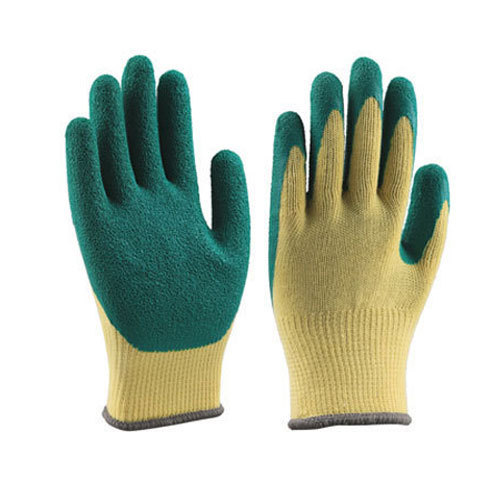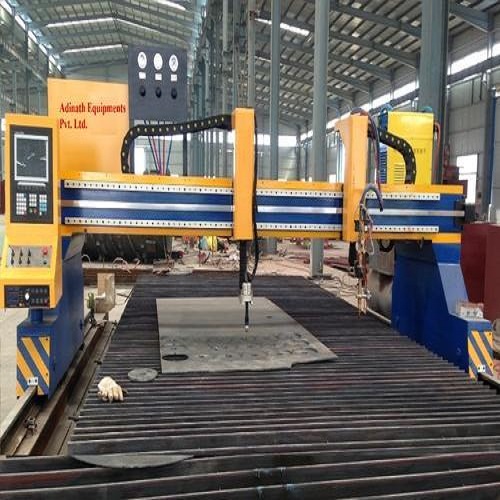
Grinding wheels are an essential tool for many industries, including manufacturing, construction, and metalworking. They are used to remove excess material from a workpiece, sharpen tools, and smooth surfaces. In this blog, we will explore the importance of grinding wheels and the different types of grinding wheels that are commonly used in various industries.
Grinding Wheels are essential because they protect the hands from exposure to harmful substances, such as chemicals, blood, and bodily fluids. They also prevent the spread of germs, which is critical in healthcare settings, food service, and other industries where hygiene is important.
Grinding Wheels provide a barrier between the hands and potentially hazardous materials, such as sharp objects or hot surfaces. This protects the hands from injuries and burns. Additionally, Grinding Wheels can improve grip and dexterity, making it easier to perform tasks that require precision or delicate handling.
Types of Grinding WheelsThere are many different types of Grinding Wheels, each designed for a specific purpose. Below are some of the most common types of Grinding Wheels and their uses:
- Straight Wheels: Straight wheels are the most common type of grinding wheel. They are used for surface grinding, cylindrical grinding, and tool grinding.
- Cylinder Wheels: Cylinder wheels are used for grinding cylindrical surfaces. They are commonly used in the automotive industry to grind engine parts.
- Dish Wheels: Dish wheels are used for grinding the edges of tools and blades. They are commonly used in the woodworking industry to sharpen blades and chisels.
- Diamond Wheels: Diamond wheels are used for grinding hard materials, such as ceramics and glass. They are commonly used in the aerospace industry to grind turbine blades.
- CBN Wheels: CBN wheels are similar to diamond wheels but are used for grinding ferrous metals, such as steel and iron. They are commonly used in the automotive and aerospace industries.
- Flaring Cup Wheels: Flaring cup wheels are used for grinding the edges of workpieces. They are commonly used in the metalworking industry to sharpen drill bits and milling cutters.






